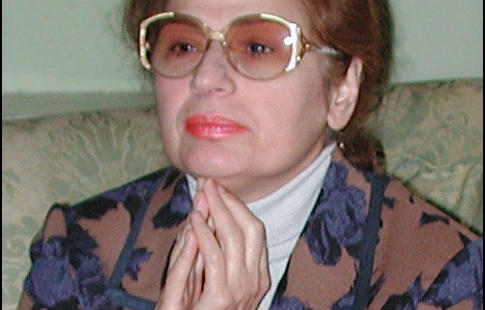Garry Kasparov was born April 13, 1963; today is his 57th birthday.
 MasterClass photo of Garry Kasparov
MasterClass photo of Garry Kasparov
Kasparov retired from classical chess in 2005 after winning the Linares tournament (shared with Veselin Topalov). It was the ninth time he won clear or shared first at the most prestigious tournament of all.
Though he retired at the relatively early age of 41, Garry Kasparov accomplished so much there’s no way I can recount everything.
Garry Kasparov Career Highlights
- In 1985 he became the youngest (official, undisputed) world chess champion in history: 22 years, 6 months, 28 days. He is the 13th World Chess Champion, defeating the 12th Champion Anatoly Karpov.
- In January 1984 he became the fourth player to achieve an Elo rating of 2700 (after Bobby Fischer, Karpov, and Mikhail Tal). He simultaneously became World #1 for the first time.
- In January 1990 he became the first player to achieve an Elo rating of 2800.
- In July 1999 set the record for the highest Elo rating: 2851 (surpassed by Magnus Carlsen in 2013).
- Except for July 1985 (Karpov) and January 1996 (tie with Vladimir Kramnik), Kasparov was ranked World #1 from January 1984 through January 2006 (when he dropped off the ranking list for inactivity following his retirement the previous year).
- He won or shared first place in 15 consecutive tournaments from 1981 through 1990.
- He was the Classical (i.e. lineal) World Chess Champion from 1985-2000.
My Favorite Garry Kasparov Game
The Kasparov game that made the biggest impression on me was his positional sacrifice against Alexei Shirov from the 1994 Credit Suisse Masters. As usual, Kasparov had no fear of a major mainline opening, in this case the Sveshnikov Variation of the Sicilian Defense. Let’s start from the position before white’s 16th move:
16. ?
White has a powerful knight on d5, but black has two pieces that can remove it: his knight and, more directly, the light-squared bishop. This leads Kasparov to an idea that’s logical once you see it, but striking nonetheless.
White sacrifices a clean exchange, but White’s d5-knight is a tower of strength. Black’s knight can’t move and needs at least three moves to challenge its counterpart.
There’s no immediate win, and indeed the game continued for some time. White can keep improving his position, but what can black do? Positions like this are very hard to play.
What’s your favorite Garry Kasparov game?
